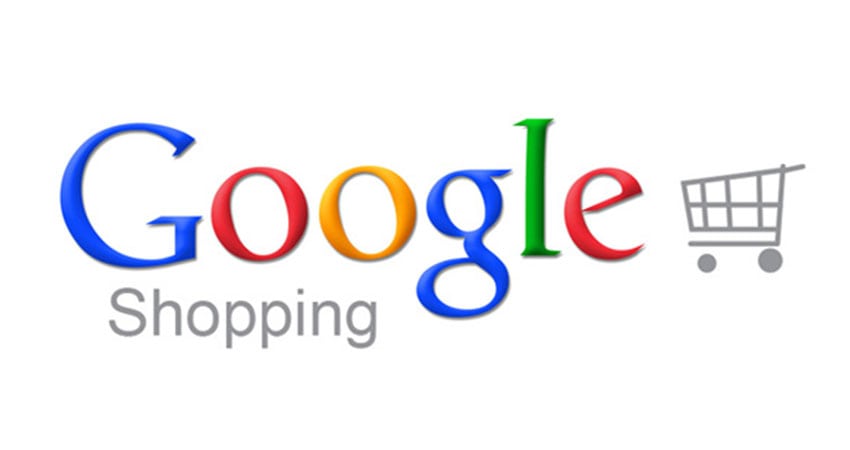Google Shopping plays a key role for retailers and online advertisers as it is essentially a product search engine for ecommerce stores. Customers can search, view and compare prices of any type of product.
As an extension of Google Ads, it enables retailers and online merchants to advertise their products across Google’s entire global network. The PPC ads created appear in the main search results on Google or under the “shopping” tab.
As a retailer or ecommerce advertiser, you sometimes need to create hundreds of PPC ads for each and every product, and your advertising effort needs to align with pricing and inventory. Although this task of creating hundreds of ads may seem overwhelming, it is simpler than you think – using a data feed.
Advantages of Google Shopping
It’s the largest comparison site coupled with the largest search engine in the world. PPC ads on Google Shopping include images, prices and the name/branding of an ecommerce store.
Overall, it’s great for smaller ecommerce sellers to build brand recognition. For selling, relevant product information is easily seen by the buyer. Displayed at the top or right side of their Google search results, it enables an ecommerce store and its items to stand out. Lastly, it’s a high conversion marketing channel due to its multiple touchpoints, visual appeal and highly qualified leads.
The Google Shopping Feed
Different from Google Text Ads, which are based on keywords, Google Shopping can be connected to a product data feed which then becomes a Google Shopping feed.
In short, a product data feed consists of XML, CSV or data files that provide an overview of products or items you want to advertise online. Product data feeds can include product characteristics such as title, color, size and EAN/GTIN number. With ecommerce stores built on ecommerce platforms like Shopify, Magento, BigCommerce or WooCommerce, you can easily extract this data file.
Advertising on Your Google Shopping Feed
To start advertising on Google Shopping, you need to set up a Google Merchant Center account, upload your products using a data feed connected to your ecommerce store and then set up your Google Ads shopping campaigns.
With these campaigns, shoppers can view advertised items directly in their searches — enabling them to purchase merchandise quicker from your ecommerce store. To dynamically advertise on Google Shopping, creating ads and campaigns, you need to utilize a product feed management solution.
Product Feed Management Solutions
These platforms enable merchants to save time by enabling them to create many product feeds and advertise items on thousands of price comparison websites, affiliate networks and marketplaces. As they’re aligned with most major marketplaces, they ensure merchants meet the mandatory requirements for data required, eliminating any guesswork. Additionally, data feed management provides more control via a live API connection or through their data feeds:
- APIs allow for real-time updating because data can be sent at any time. When an error occurs with data sent to Google Shopping, the export channel (Google Shopping) can instantly send feedback to the ecommerce store or data feed connection. This information can then be given to the user, allowing them to make the changes.
- Data Feeds provide an advantage of easy implementation. They also don’t require the sender or receiver to use special tools or advanced API formats. Meaning, something as simple as a basic spreadsheet with your product data can be used. However, the downside of this approach is that it is not in real time as Google syncs every 24 hours. So it’s best to be on top of these changes as much as possible to reflect true inventory available in the marketplace.
When using either one of these connections, sending the right information to Google is key to avoiding errors.
Adding Automation to your Google Shopping Feed
Product feed management adds automation to your Google Shopping feed, enabling your ecommerce store to generate hundreds or even thousands of PPC ads. With a few clicks, you can also dynamically change them based on conditions including inventory or sales. This opens up the possibility of new marketing strategies based on variables such as availability or sales price. With the added advantage of no wasted ad spend on out-of-stock items, it’s a win-win for advertisers and consumers alike.
As an ecommerce seller, Google Shopping plays an important role in your shop’s success, and it’s important to take advantage of its capabilities. Finding the right product data feed will enable you to create dynamic PPC ads for everything you sell, no matter the price or availability.
Rob Van Nuenen is the CEO at Channable

